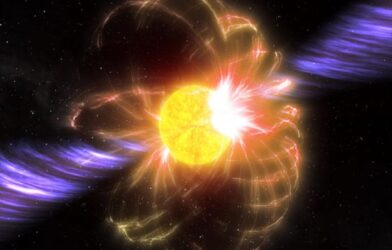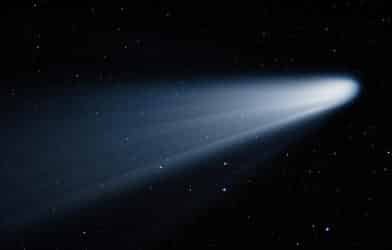
Scientists may view the sun in a bit of a different light now, so to speak. New research suggests that the sun’s spectacular magnetic arches seen in countless snapshots could be an optical illusion.
The findings come from a team of researchers led by solar physicist Anna Malanushenko. They claim that some coronal loops from the sun could instead sometimes be optical illusions “created by folds or wrinkles in much larger ‘sheets’ of solar material that the authors call coronal veils.”
“If this is really correct, then we will have to change the entire way we look at and interpret coronal loops,” says Malanushenko, a scientist at the National Center for Atmospheric Research in Boulder, Colorado, in a statement.
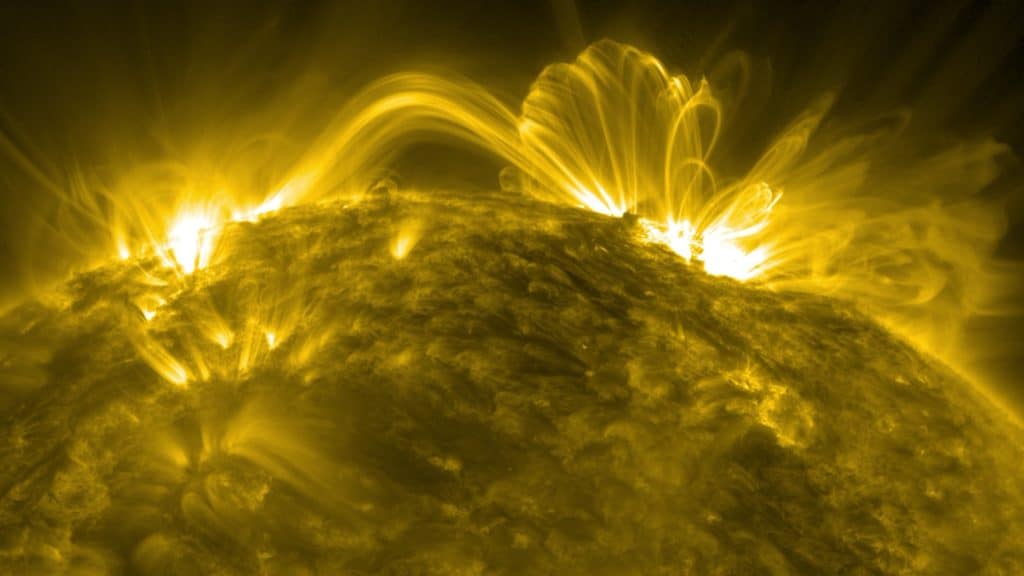
Credits: NASA/SDO
This fascinating discovery may place doubt on how scientists view coronal loops. The first images were captured in the late 1960s. Scientists initially saw the coronal loops as magnetic “tubes” formed by the sun’s magnetic field lines.
According to NASA, there was no reason to doubt the “garden hose” model of coronal loops at first. What scientists see is bright solar material flowing through invisible tubes like water through a garden hose.
“Just as Earth’s air gets thinner at higher altitudes, the sun’s bright plasma, or electrically charged gas, gets thinner with height. That’s why it grows dimmer with height, and if coronal loops truly are tubes of plasma, so should they. But many loops maintain a consistent brightness, with no obvious explanation,” NASA says.
Because things weren’t adding up, Malanushenko began to question the observations since the sun’s corona is “optically thin,” or translucent, like smoke or fog. The initial thought was that the coronal loops should balloon as they move away from the sun since they traced the sun’s magnetic field.
“But they don’t get nearly as wide as we think they should,” says Malanushenko. “Most of them stay too thin and we don’t understand why.”
To tackle this, Malanushenko simulated the process of observing coronal loops with a computer and repurposed a 3D simulation of the sun that was originally used to study flares. She then wrote a program to “observe” it.”
The computer program took 2D “images” of the coronal loops and those snapshots revealed bright arcs — artificial coronal loops on a simulated sun. Because Malanushenko could pause the simulated sun, she found something very different from the garden hose-like tubes.
“I don’t have words how to describe it, because this is not like anything that we see on Earth,” says Malanushenko. “I want to say this formation looks like clouds of smoke, or maybe a veil or curtains that are wrinkled.”
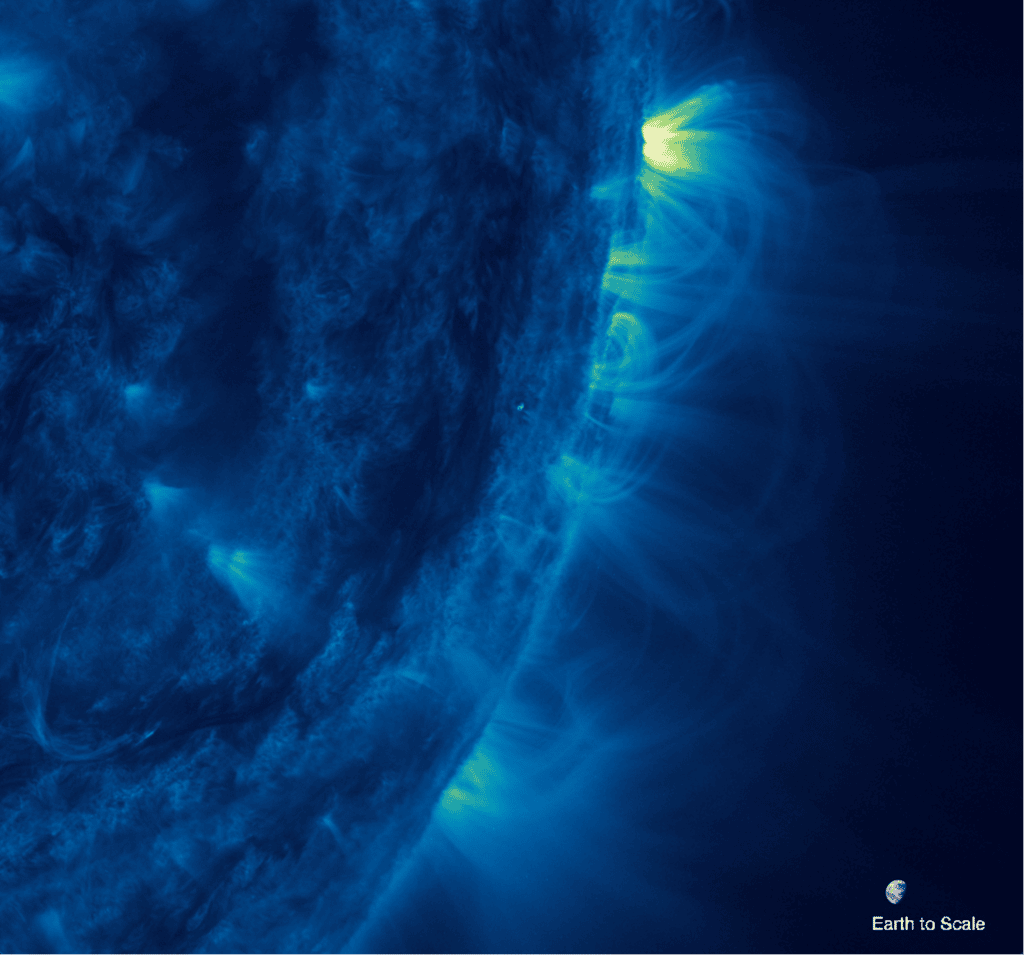
Despite this new evidence, researchers say that not all coronal loops are optical illusions. Malanushenko says that even in her simulation, there were many times where garden hose-like structure did form.
“It would be exciting if we could say ‘Our thinking was all wrong, we have a totally new paradigm,’” says Jim Klimchuk, a solar physicist at NASA’s Goddard Space Flight Center and coauthor of the paper. “It’s not that way at all – but these veils, I’m sure they do exist, and now it’s a question of proportions: are veils more common or are loops more common?”
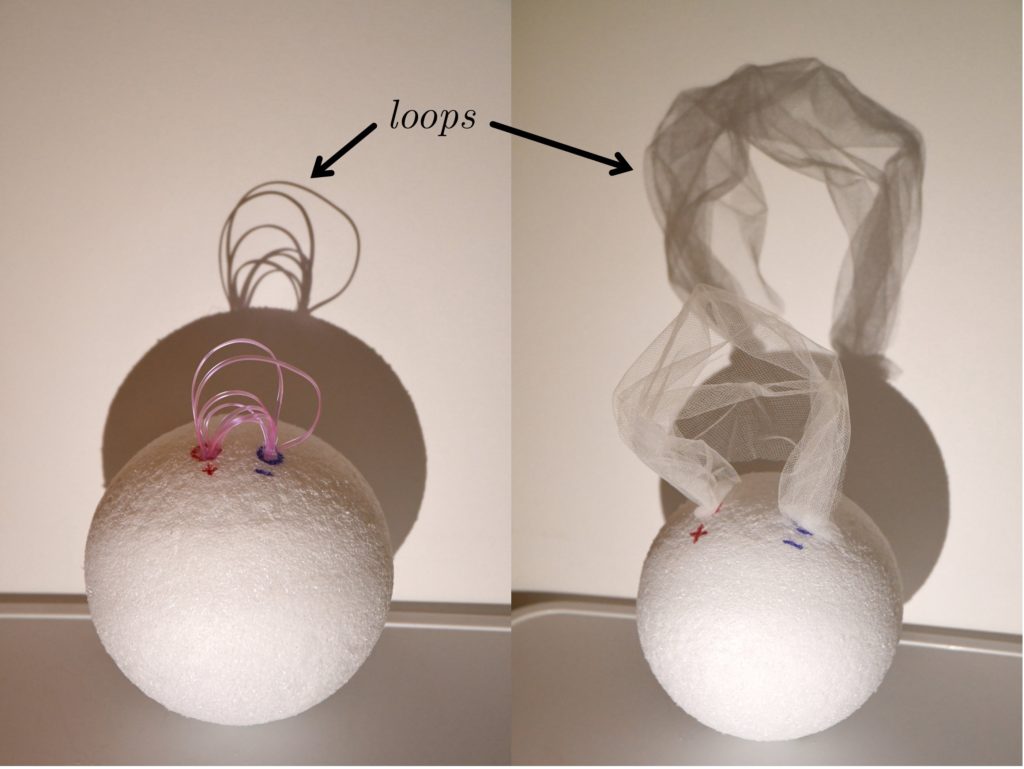
The study is published in The Astrophysical Journal.
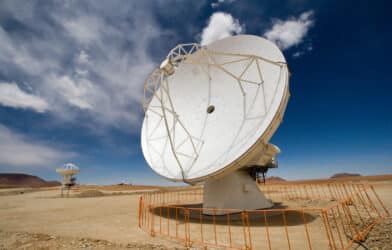
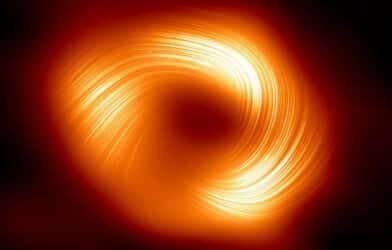

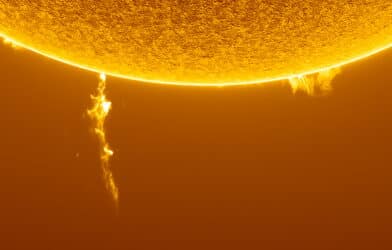
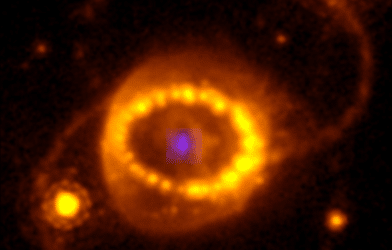

-392x250.png)
